323) The Norseman of Essex Street, Temple Bar, D2
Formerly the Wooden Man Tavern, The Norseman, J.J.O’Neill’s, Monk’s, Farrington’s, and The Norseman (again!). This is one of the last remaining Victorian pubs (apparently first established in 1696) whose soul has since been devoured by the green-eyed monster Temple Bar. Prices are unthinkingly high, designed to take advantage of the unknowing tourist, whilst ripping off the odd local in the process. The humble Guinness will climb as high as €6.90 a pint - therefore committing theft each time one is poured. On the plus side, many of its Victorian features remain. Also, just outside the pub can be found the Temple Bar Street Well also known as St. Winifred's Well - a 300 year old freshwater well tapping a groundwater source below (probably the River Poddle). A plaque is affixed to the wall of the pub with more details [1]. In true Dublin fashion this historical well is used as a giant ashtray for stupid smokers to toss their butts.
Inside, intricately carved wooden arches line the back of the bar and ornate lamps stand on high off the counter. There are three levels and a bridge section which contains a white marble fireplace over which a striking piece of art shines: a stained-glass piece depicting (possibly) Molly and Leopold Bloom from Joyce’s Ulysses, but more likely ALP and HCE of Finnegans Wake. A quote from Ulysses runs along the bottom of the piece: ‘What is that word known to all men?’ Dotted around the background are small circles containing various names and quotes from both works such as: ‘Adam & Eve, The Man that Broke the Bank at Monte Carlo, The Woman who Didn’t, The Queen Of Sheeba, Niall of Nine Hostages, Jack the Giant Killer, and Ben Howth.’
The Joyce connection stems from Counterparts, a short story in Dubliners (see also: Mulligan’s of Poolbeg Street). The main character, Mr. Farrington, is an embittered soul who falls foul of his own temper. His famous quip “I don’t think that that’s a fair question to put to me” gets him in trouble in work, culminating with “Take that, you little whelp!” as he beats his own son. Although certainly not a pleasant character he took a drink in this very pub (called J.J.O’Neill’s at the time) which is why it was named in his honour.
The Norseman when it was previously Farrington’s
The customary celebration of The Quiet Man can be found on the wall, along with a photo of a laughing Brendan Behan drinking next to a toothless man also much amused (methinks the same photo has also been seen in The Willows of Glasnevin). An interesting black and white photo of the old Smithfield fruit and vegetable market in the 1950’s is on view in which a besuited auctioneer is seen singing his prices. A fine old pub with plenty of history – tarnished by location and grievous stock prices.
FOOTNOTE
[1] The wall plaque’s abridged text reads as follows:
“St Winifred’s Well
…St Winifred’s Well was a medieval well known to have been in Eustace Street, perhaps further up towards Dame Street. St Winifred…was revered in North Wales in the middle ages and like St Bridget in Ireland, her name was associated with wells and springs. It is not clear how a well in medieval Dublin came to bear her name. It is known that Dublin had trading contacts with North Wales from the 11th century onwards and settlers from there probably came to live in Dublin after the Anglo-Normans captured the city in 1170. One of these may have given the well its name…
The present well has been covered over by the Street at some point in the past. It has been restored to expose the ground water resource that flows all the time below the foundations of the city…
Joint project involving Dublin Corporation & Temple Bar Properties Ltd.”
DISCLAIMER: The contents of this blog represent personal opinions and perspectives only. Read more.






